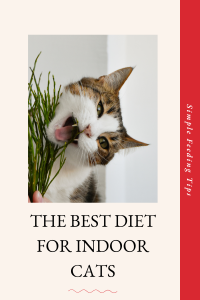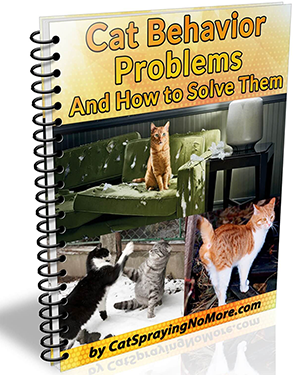The Best Diet For Indoor Cats: Nourishing Your Feline Friend for a Long, Healthy Life
Introduction
Indoor cats live a different lifestyle than their outdoor counterparts – less activity, different environmental stressors. Their diet needs to reflect these differences to ensure optimal health, prevent common indoor cat ailments, and promote longevity.

I. Understanding the Unique Needs of Indoor Cats
- Reduced Activity Levels:
- Indoor cats typically burn fewer calories.
- Higher risk of obesity, which leads to other health issues (diabetes, joint problems).
- Diet needs to be calorie-controlled.
- Hairball Management:
- Indoor cats groom more, often ingesting more fur.
- Importance of fiber in the diet to help pass hairballs.
- Hydration:
- Often less access to natural water sources (puddles, dew).
- Crucial for urinary tract health (common issue in indoor cats).
- Emphasis on moisture-rich diets.
- Environmental Enrichment (Dietary Aspect):
- Food can be a source of mental stimulation.
- Consider puzzle feeders.
II. Key Nutritional Components of an Ideal Indoor Cat Diet
- High-Quality Animal Protein:
- Cats are obligate carnivores – they must have meat.
- Lean meats (chicken, turkey, fish) as primary ingredients.
- Avoid excessive plant-based proteins as primary sources.
- Importance of essential amino acids like taurine (vital for heart and eye health).
- Moderate Fat Content:
- Energy source, but needs to be balanced due to lower activity.
- Healthy fats (omega-3 and omega-6 fatty acids) for skin, coat, and joint health.
- Sources: fish oil, flaxseed (though cats don’t convert plant omegas as efficiently).
- Low Carbohydrates:
- Cats have limited ability to digest and utilize carbs.
- High carb diets contribute to obesity and diabetes.
- Avoid fillers like corn, wheat, soy.
- Appropriate Fiber:
- Aids digestion, prevents constipation, and helps with hairball passage.
- Sources: psyllium husk, beet pulp, certain vegetables.
- Not too much, as it can reduce nutrient absorption.
- Essential Vitamins and Minerals:
- Ensuring a complete and balanced formula.
- Calcium, phosphorus, Vitamin A, B vitamins, etc.
III. Diet Types: Wet, Dry, or a Combination?
- Wet Food (Canned/Pouches):
- Pros: High moisture content (excellent for hydration and urinary health), often higher in protein and lower in carbs.
- Cons: More expensive, shorter shelf life once opened, can contribute to dental issues if not supplemented with dental care.
- Dry Food (Kibble):
- Pros: Convenient, cost-effective, aids in dental hygiene (some kibbles are specifically designed for this).
- Cons: Low moisture (can contribute to dehydration), often higher in carbohydrates.
- Combination Feeding:
- Often the best of both worlds.
- Offers hydration from wet food and convenience/dental benefits from dry.
- Monitor calorie intake carefully.
- Raw/Homemade Diets:
- Discuss briefly: require extensive research and veterinary guidance to ensure nutritional completeness and safety from pathogens. Not recommended without expert consultation.
IV. Practical Feeding Tips for Indoor Cats
- Portion Control: Follow feeding guidelines based on weight, age, and activity, but adjust as needed. Use a measuring cup.
- Scheduled Meals: Two to three small meals a day rather than free-feeding can help manage weight.
- Fresh Water: Always available, in multiple locations, consider a fountain.
- Treats in Moderation: Choose healthy, low-calorie options.
- Cat Grass: Offer cat-safe plants like oat or wheatgrass for enrichment and fiber (as seen in the image!).
- Regular Vet Check-ups: To monitor weight and overall health.
Conclusion
A thoughtfully chosen diet is fundamental to an indoor cat’s health and happiness. Final thought: By prioritizing high-quality protein, proper hydration, and portion control, you can help your feline friend live a long, vibrant life indoors.

Leave a Reply